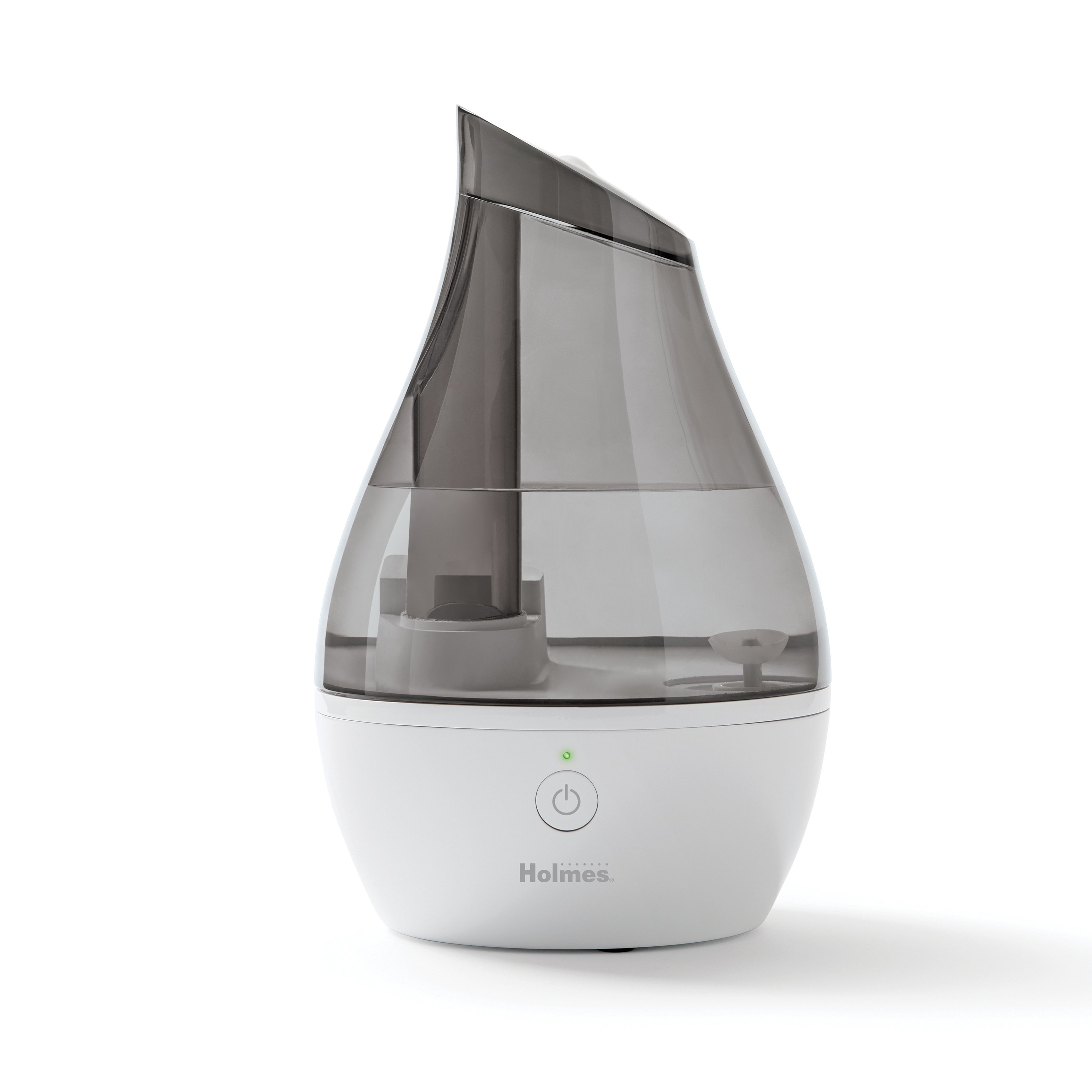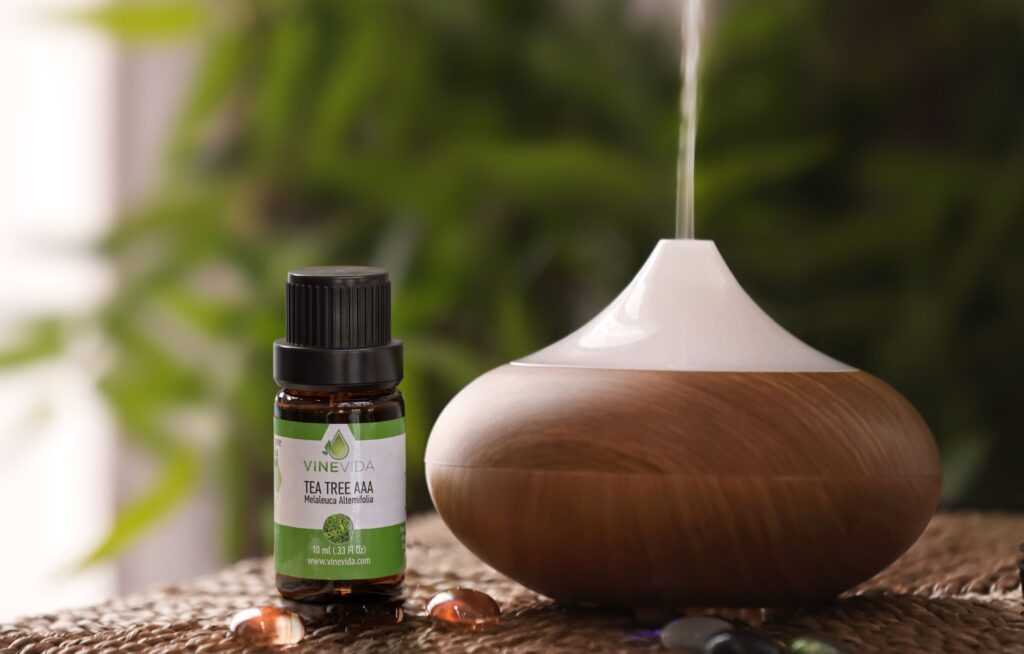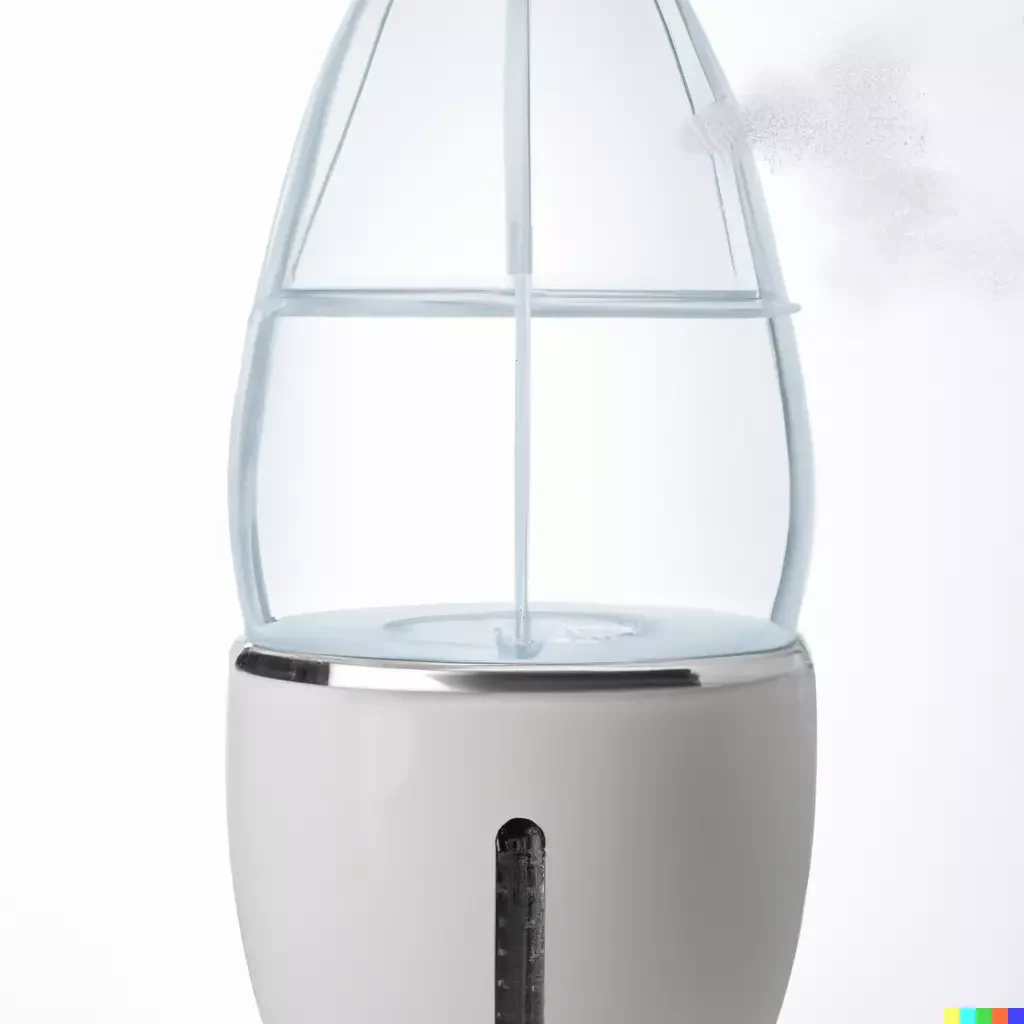Your humidifier might not be working due to lack of water, a dirty filter, or electrical issues. Possible causes include a disconnected power supply or malfunctioning internal components.
Humidifiers play a crucial role in maintaining indoor comfort by adding moisture to the air, particularly during the drier months. But when these trusty devices stop functioning correctly, the indoor environment can become less comfortable, potentially aggravating health issues such as dry skin and respiratory discomfort.
Identifying common problems—like empty water tanks, clogged filters, or flawed electrical connections—is essential for troubleshooting and restoring your humidifier to optimal operation. Regular maintenance and prompt attention to any signs of malfunction help prolong the life of your humidifier and ensure it provides the right level of humidity when you need it most.
Common Humidifier Issues
Owning a humidifier can be a great way to maintain a comfortable level of humidity in your home. Yet sometimes, you may find your device isn’t performing as anticipated. Understanding common issues can often lead to easy solutions.
Lack Of Maintenance
Routine cleaning is crucial for a well-functioning humidifier.
- Mineral buildup: This can block mist openings.
- Filter neglect: Dirty filters impede performance.
- Water stagnation: It leads to bacterial growth.
Clean your humidifier regularly. Replace filters as instructed by the manufacturer.
Improper Settings
Setting your device correctly is vital for optimal humidifier operation.
| Issue | Solution |
|---|---|
| Wrong humidity level | Adjust the humidistat. |
| Unit size mismatch | Match the unit to the room size. |
Always consult the manual to set up your humidifier correctly.
Troubleshooting The Basics
When a humidifier stops working, the cozy comfort of a well-moistened space seems to vanish. Dry air returns, challenging our comfort once more. Understanding common issues and knowing how to troubleshoot them restores balance swiftly. Let’s dive into basic troubleshooting steps to pinpoint the problem.
Checking Power Supply
Before diving deep into technicalities, start with the basics. Checking the power supply is crucial. Confirm that the unit is plugged in and the outlet is functioning properly. Use these steps:
- Verify the power cord is not damaged.
- Test the outlet with a different device.
- Examine any indicators on the humidifier for power status.
- Check your fuse box for any tripped breakers.
Inspecting Water Reservoir
Without water, a humidifier can’t add moisture to the air. Ensuring the unit’s water reservoir is key. Perform a quick inspection:
- Refill the tank if it’s empty.
- Clean out any mineral deposits or debris.
- Make sure the tank is properly seated in the base.
- Look for cracks or leaks and replace if needed.
Filter Problems
An often overlooked culprit for a malfunctioning humidifier is a filter issue. Filters are vital components that trap impurities and minerals from the water to prevent them from being dispersed into the air. A dirty or clogged filter can cause your humidifier to work ineffectively or even stop working. Identifying and addressing filter problems is a straightforward but essential step in humidifier maintenance.
Signs Of A Dirty Filter
- Reduced mist output: The humidifier’s mist output is noticeably less than usual.
- Unusual noise: The unit makes strange noises, possibly due to a strain on the motor.
- Bad odor: An unpleasant smell emits from the humidifier, indicating mold or mildew buildup.
- Visible grime: Accumulation of dirt and mineral deposits can be seen on the filter.
Steps To Clean Or Replace
- Turn off and unplug: Always ensure the humidifier is off and unplugged before maintenance.
- Remove filter: Carefully take out the filter according to the manufacturer’s instructions.
- Inspect: Look for signs of wear or damage. If the filter is damaged, replace it.
- Wash or replace: If it’s washable, rinse the filter under cool water. Avoid using harsh detergents. If non-washable, install a new filter.
- Dry thoroughly: Let the filter dry completely to prevent mold growth before putting it back.
- Reassemble: Place the dry or new filter back in the humidifier carefully and securely.
- Restart: Plug in the humidifier and turn it on to test its functionality.

Credit: www.amazon.com
Technical Glitches
Humidifiers are essential for comfort and health during dry months. Yet sometimes they stop working. This can be frustrating. Let’s troubleshoot common technical problems affecting humidifiers’ efficiency.
Sensor MalfunctionsSensor Malfunctions
Modern humidifiers rely on sensors to measure humidity levels. A dirty or damaged sensor might give wrong readings. This can cause your humidifier to work improperly. Cleaning the sensor is a good first step. If the issue persists, the sensor may need replacement.
Defective HumidistatDefective Humidistat
The humidistat is like a thermostat but for humidity. It tells the humidifier when to turn on and off. A defective humidistat could misread the air. This means your humidifier might not start at all. Testing the humidistat with a multimeter can confirm if it’s working right. If not, it may be time for a new one.
| Problem Area | Symptoms | Possible Fixes |
|---|---|---|
| Sensor | Incorrect readings, continuous running or not starting | Clean or replace sensor |
| Humidistat | No response, erratic functioning | Test with multimeter, replace if needed |
- Check the manual. It usually contains sensor cleaning guidance.
- Test humidistat frequently. Routine checks prevent sudden failures.
- Contact customer support. They can assist with complex issues.
Addressing Water Quality
When a humidifier stops working correctly, many overlook a simple cause: water quality. The type of water used in your humidifier can impact its function. Let’s explore how water quality affects your humidifier and solutions to ensure it works smoothly.
Impact Of Hard Water
Hard water contains minerals that can clog and damage humidifiers. Over time, these minerals build up as scale, hindering performance. Signs of hard water damage include:
- Reduced mist output
- White dust around the humidifier
- Unpleasant odors from bacterial growth
To prevent these problems, consider using softer water or treating hard water before use.
Using Demineralization Cartridges
Demineralization cartridges offer a solution. They are designed to remove minerals from the water. Using these can:
- Prevent mineral buildup, protecting your humidifier
- Reduce white dust and cleaning frequency
- Improve the longevity and efficiency of the device
- Maintain a clean, odor-free environment
Always replace cartridges as recommended to ensure the best results.

Credit: busycreatingmemories.com
Professional Repairs Or Replacement
Dealing with a faulty humidifier can be frustrating. The decision to opt for professional repairs or to replace the unit is crucial. Here’s how to make that decision clear:
When To Call A Technician
Learn to recognize signs your humidifier needs a pro’s touch:
- Strange noises from the device
- Water leaks around the humidifier
- Little to no humidity output
- Error codes on the display
Timely repair can save you money and restore healthful humidity levels fast.
Assessing Repair Costs Vs. New Purchase
Compare repair costs to a new purchase with this method:
- Evaluate repair estimates.
- Assess the age and condition of your humidifier.
- Weigh ongoing maintenance costs against new features and efficiency.
| Repair Costs | New Humidifier Price |
|---|---|
| $50 – $150 | $100 – $300 |
Choose replacement if repair costs exceed half the price of a new one.

Credit: www.holmesproducts.com
Frequently Asked Questions Of Why Is My Humidifier Not Working
Why Is There No Mist Coming Out Of My Humidifier?
No mist from your humidifier could mean a clogged filter, empty water tank, or incorrect settings. Regular cleaning and maintenance often resolve this issue.
What Do I Do If My Humidifier Is Not Working?
Check the humidifier’s power connection and ensure it’s plugged in. Empty, clean, and refill its water tank. Examine filters for blockages and replace if necessary. Review the manual for troubleshooting tips specific to your model or contact customer support for assistance.
Why Is My Humidifier Not Blowing Steam?
Your humidifier might not be blowing steam due to low water levels, incorrect settings, a clogged filter, or a malfunctioning heating element. Ensure it’s filled with water, properly adjusted, and clean. If issues persist, consult the manual or a professional.
How Do You Unclog A Humidifier?
Unplug and disassemble your humidifier. Remove mineral deposits with white vinegar, letting it soak if needed. Scrub with a soft brush, rinse thoroughly, and dry before reassembling. Regular maintenance prevents future clogs.
Conclusion
Tackling humidifier issues can be simple with the right know-how. This guide may have illuminated common causes and fixes. Remember, regular maintenance is key. If problems persist, consulting a professional is wise. Keep the air in your home comfortable and your humidifier running smoothly.





